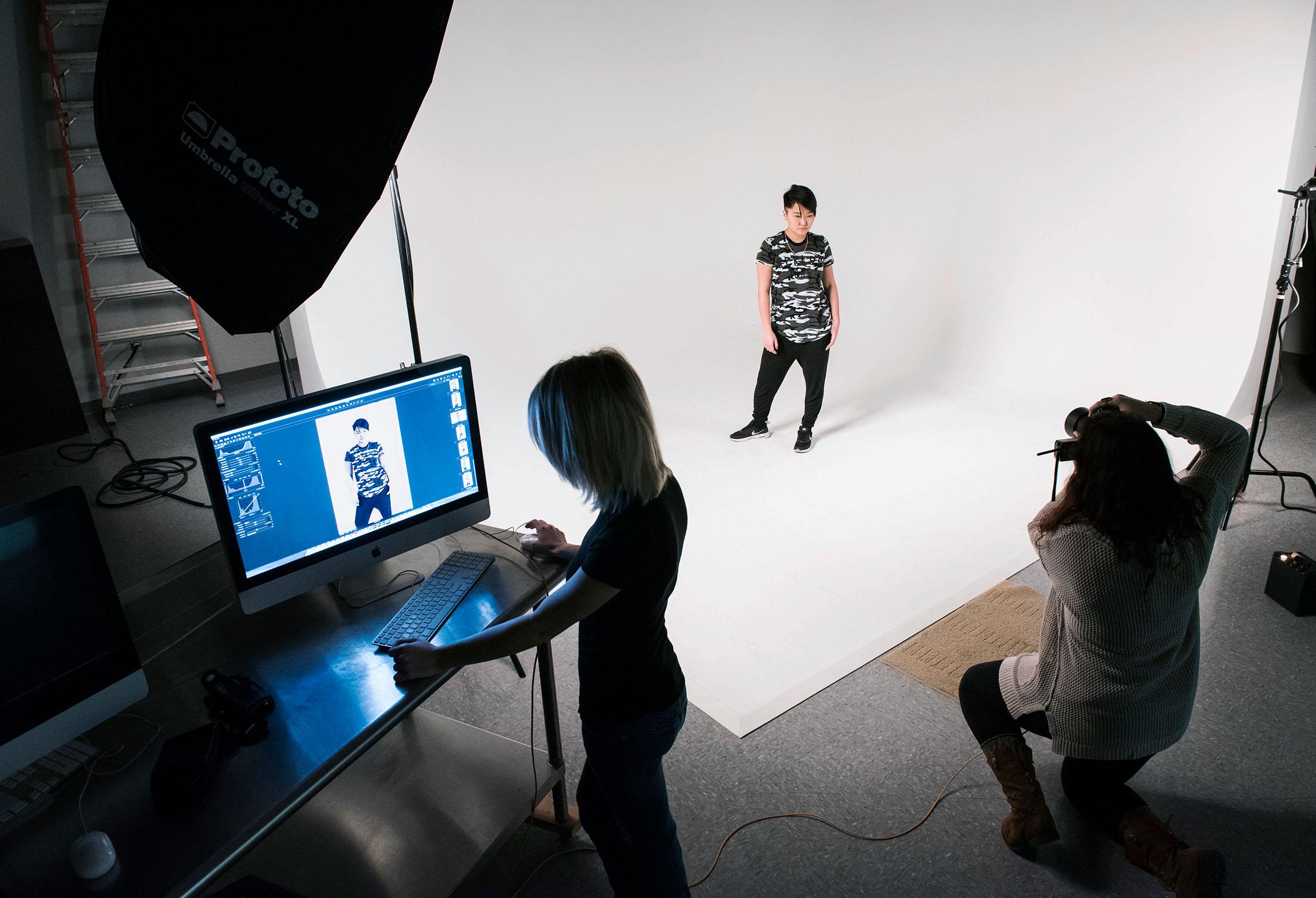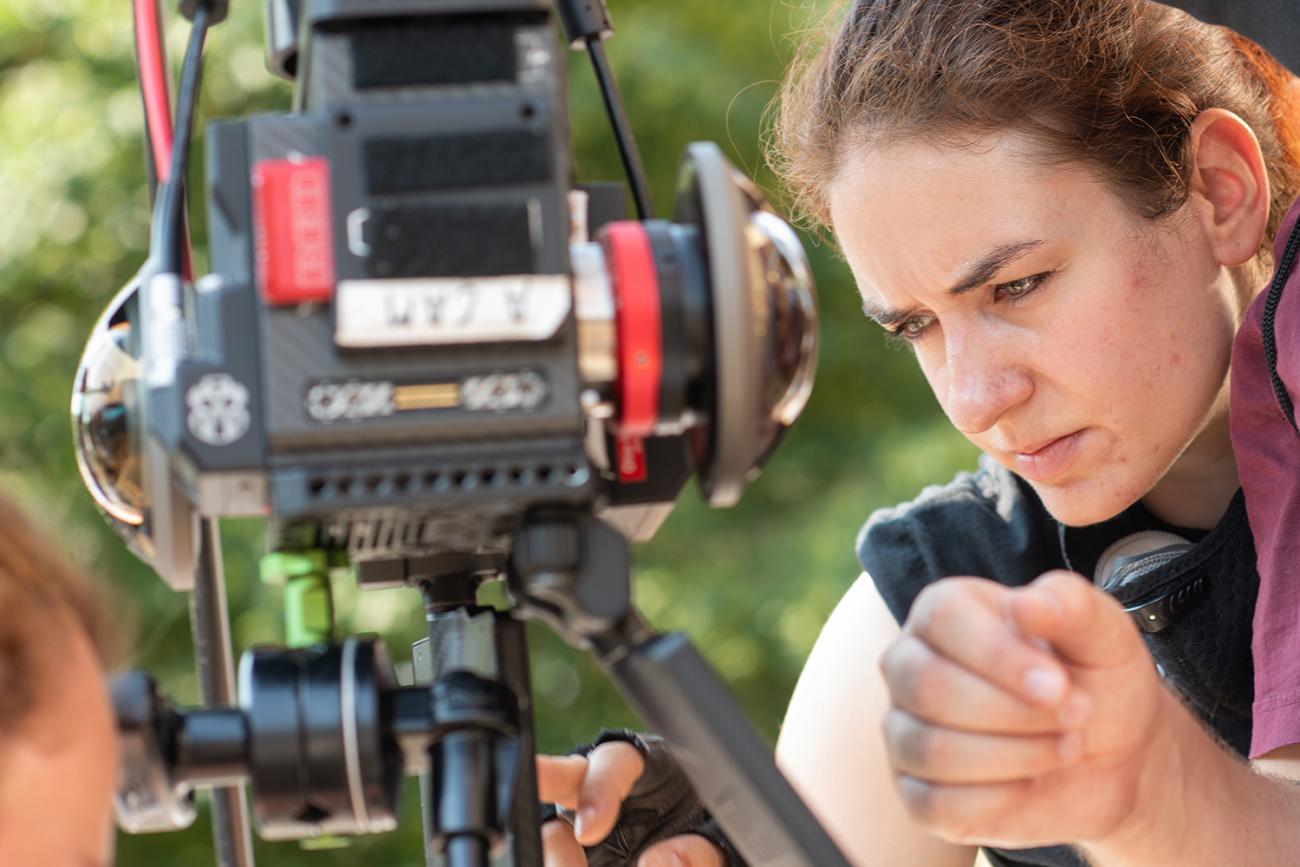
Thinking Outside of the Box
Step into a unique, three-year MFA program in partnership with the Schools of Emerging Communication Technologies, Media Arts & Studies, and Visual Communication. Designed for seasoned media professionals, our program integrates advanced production skills and contextual knowledge with state-of-the-art facilities, preparing you to navigate and lead in the evolving media landscape.
Explore your Contextual Area
Complement your production skills with a Contextual Area of your choice — a diverse field ranging from marketing to healthcare, art history to media studies to foreign language and more. This interdisciplinary approach enriches your production areas by informing your own personal career path.

Immerse in Experiential Learning
Hands-on, experiential projects are a required part of this program. Students must engage in collaborative projects such as grant-funded faculty initiatives, projects through the Game Research and Immersive Design (GRID) Lab, Barbara Geralds Institute for Storytelling and Social Impact, WOUB Public Media, the Soul of Athens, or practicum projects through the Scripps College of Communication or the Chaddock + Morrow College of Fine Arts. International experiences and professional externships are also encouraged in this area. Successful completion of at least eight credit hours of Experiential Learning Courses will serve as confirmation that students are prepared for their thesis projects.
Enhance Your Teaching Skills
Our program emphasizes teaching as a key component of fostering deeper understanding of creativity and intent. Scripps College strives to improve undergraduate education by providing teaching experiences for mid-career media professionals from the MFA program. Each year, the college provides up to eighteen competitive stipends for MFA student selected to teach.
Non-teaching stipends area can also be obtained across the university via departments in need of media and communication expertise.

Advance Your Career - Apply Now!
The MFA in Communication Media Arts is a revolutionary degree designed in response to the rapidly evolving communication field.
Take the next step in your career. Submit your application for our innovative MFA program by January 1.


